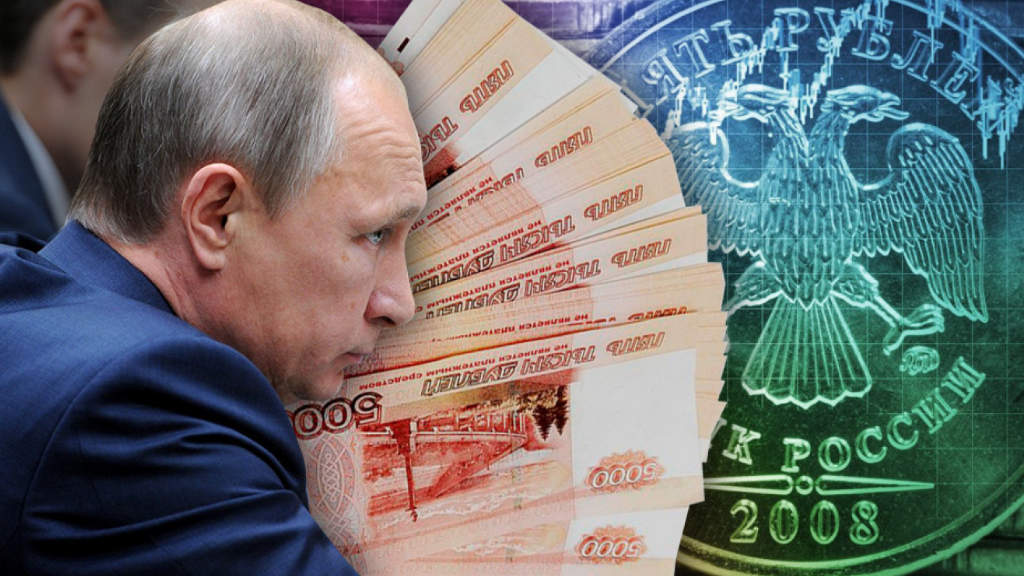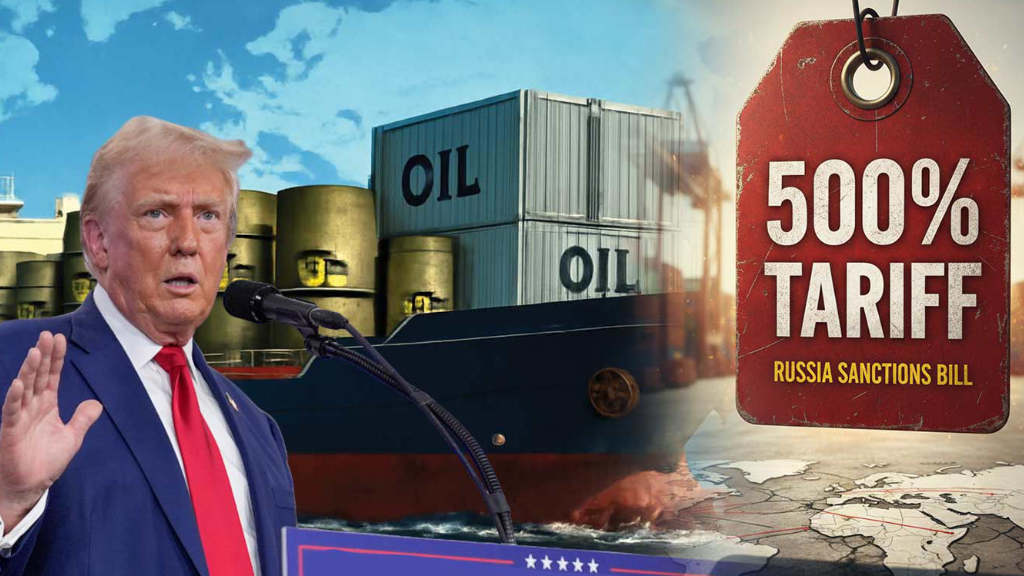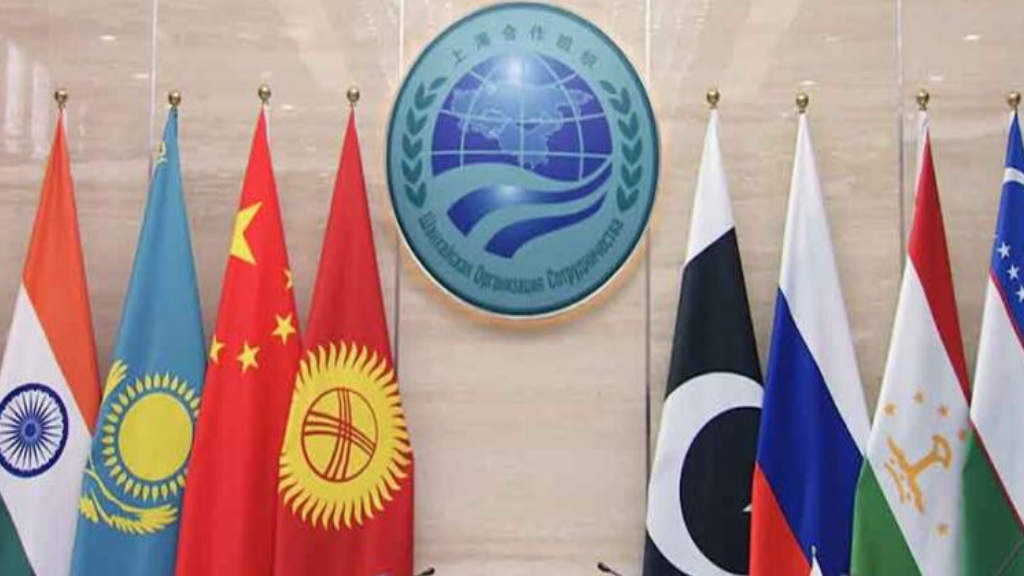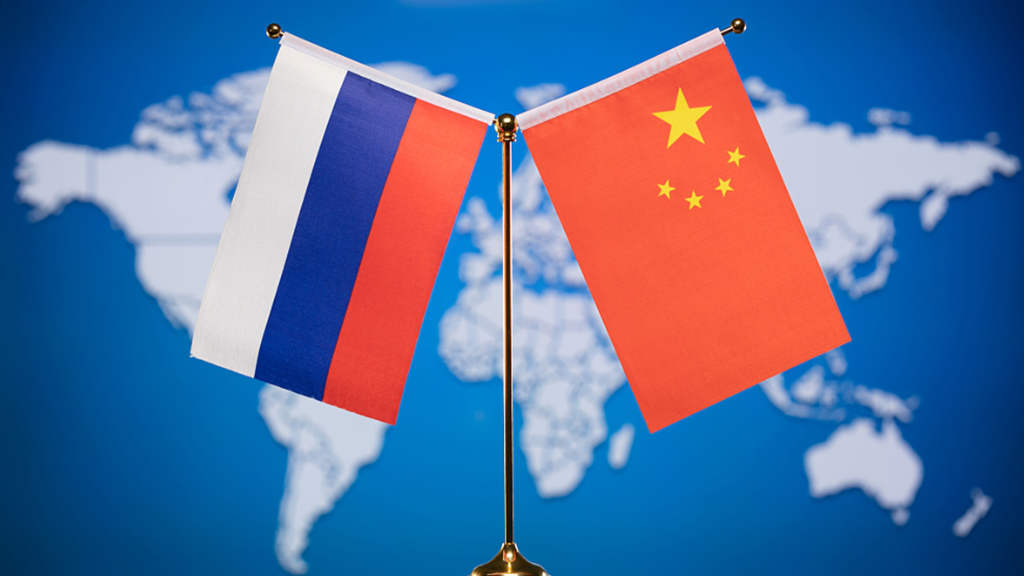The growth rate of the Russian economy should outpace the dynamics of the global economy, President Vladimir Putin has said at a government meeting on economic issues. He stated, “It is obvious that the stability of public finances and the implementation of planned projects and programs directly depend on the state of affairs in the Russian economy. And here we have set the main goal, namely, to ensure the growth rates necessary for this.”
According to Putin, the Russian economy should not just keep pace with the global economy but outperform it. “The Russian economy should strive to outpace the dynamics of the global economy by realizing its own industrial potential and that of our regions and territories, developing ties with foreign partners, looking to the widespread introduction of advanced technologies, and mastering new promising areas of the modern economy.”
Examples of each of these aspects are the development of the BRICS and SCO, the expansion of exports and development of regions such as Siberia and the Russian Far East, technologies such as unmanned vehicles and nuclear icebreakers, and areas such as the digitisation of the Russian ruble and new financial payment systems.
However, the Russian economy still has work to do to outpace the global average GDP growth, which for 2025, according to the IMF, is set to be 3% for 2025 and 3.1% for 2026. Russia’s economy has been partially stifled by the 20,000+ sanctions issued against it by the West. Russia’s expected 2025 GDP growth will be about 1.5%.
That lower growth rate has also been impacted by high inflation rates, which the Russian Central Bank has been grappling with by holding interest rates at high levels—they are currently at 17% although are slowly reducing. However, these high rates suppress lending and economic development.
On the medium-term positive side, the Russian economy is also going through a managed transitional period. It has mainly absorbed the impact of trade and supply chain sanctions, as well as conducted an entire economic and trade switch from west to east. While that had initially created volatility, the economy is now settling down and going through a period of some rebalancing, achieved both by reforms and adjustments. For example, while Russia-China trade showed rapid growth in 2023/24, it will show a decline during 2025. Yet this is expected to be a blip as both countries and their respective investors adopt a more mature attitude to their respective markets.
Anything other than short-term economic forecasting is very difficult in the contemporary global economic environment, with the United States constantly threatening sanctions and tariffs and the European Union constantly threatening sanctions. However, it should be noted that in Russia’s new target markets, GDP growth is significantly above the global average – IMF forecasts are below:
| Country/Region | 2025 GDP Growth | 2025 Russia Trade Value (US$ billions) |
| China | 5.0% | 213 |
| Central Asia | 4.7% | 107 |
| India | 6.4% | 69 |
| Africa | 4.3% | 27 |
| ASEAN | 4.8% | 20 |
| Middle East | 3.0% | 15 |
| Latin America | 2.2% | 14 |
As can be seen, most are higher than global average growth markets, with Russia still making infrastructure and related efforts to further boost this trade. The intention is that as the higher global economic growth is in these regions, Russia’s alignment with them will have similar impacts on its economy, especially as Russia is generally a net exporter to these markets.
We can compare with the Western economies as follows:
| Country/Region | 2025 GDP Growth | 2025 Russia Trade Value (US$ billions) |
| European Union | 1% | 80 |
| United States | 1.8% | 5 |
While there is growth in the west, this is largely within the United States, while the EU remains both low and somewhat uneven in its development. Both are below the global average growth rate.
Had Russia remained as a significant trade partner with the EU as opposed to switching its trade to Asia and the Global South, the Russian economy would have been in serious trouble. But that hasn’t occurred, precisely because it made the ‘Pivot to Asia.’ The task for the Russian authorities now in order to meet President Putin’s GDP growth objectives, is to further develop and expand its supply chain infrastructures and investment into trade with the Global South.
Further Reading
President Putin’s Annual Q&A: The Economy and BRICS: Analysis





